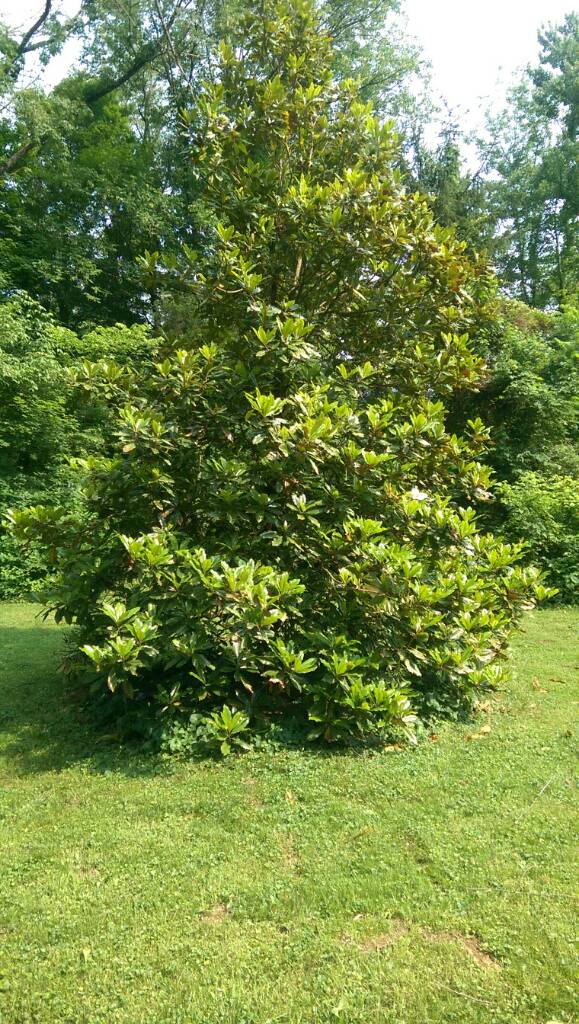Trx250r180
Saw polisher
I believe he said he did something different on this one for the milling ,is a ***** to start sideways on the mill with the high compresion ,i use the decomp often on this one .Did Randy use different porting numbers on your 660 since it's used for milling?
That's impressive stuff right there Brian..
View attachment 429614
Makes our chainsaw art look crude..
This was a 27" slab of American Elm.
That is very nice ,i am going to make a picnic table out of 2 slabs side by side like that ,live edge ,will give the 41 inch cannon a workout










